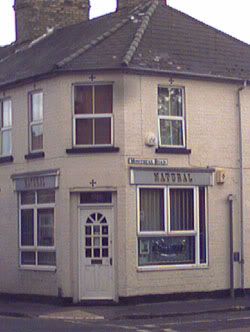 As reported in the March-April 2008 edition of Druglink, Rizla, the major manufacturer of cigarette papers, seems rather annoyed. Mental health charity Rethink has called for it to put health warnings concerning the dangers of cannabis on its king-size papers, on the basis that "more people think king-size Rizla papers are used for cannabis than for tobacco".
As reported in the March-April 2008 edition of Druglink, Rizla, the major manufacturer of cigarette papers, seems rather annoyed. Mental health charity Rethink has called for it to put health warnings concerning the dangers of cannabis on its king-size papers, on the basis that "more people think king-size Rizla papers are used for cannabis than for tobacco".A Rizla spokesman objected: "Rizla as a brand was singled out for the total focus of a campaign about cannabis use. There was no justification for picking on a single brand."
One justification may be that the Association of Nurses in Substance Abuse guide to Good clinical practice identified in 1997 that the presence of Rizla papers could indicate, in the presence of other signs, that cannabis was being used. In 1993, an advert for Rizla with the caption "twist and burn" was banned by the Advertising Standards Authority because it was seen to promote cannabis use - a twist to close the paper at the end of a fatter than usual cigarette being the sign of a spliff within all the toking subcultures - despite Rizla's protestations that it was a motorcycling phrase (it's actually associated with making your own CD's). The same year, the ASA resisted complaints about another Rizla campaign, filled with what could be interpreted as cannabis references, fronted by the slogan "It's what you make it".
The trouble with cannabis is that it's not what it used to be. Progressive politicians push each other out of the way to disclose solemnly that they inhaled once upon a time - with the implied message that "it didn't do me any harm, so..." However, it's a circular argument: people who are in a position to disseminate the message that cannabis didn't do them any harm, are in a position to do so because cannabis didn't do them any harm.
But cannabis does do harm, and here's the rub: it has gotten more harmful from the 1980's onwards through selective breeding to increase the amount of psychoactive compounds - mainly tetrahydrocannabinol (plus around 60 other cannabinoids) - in the plant. In the 1970's, cannabis could contain as low as 1-2% tetrahydrocannabinol (THC); it can contain over ten times as much now.
Not only that, but the amount of home-grown cannabis is increasing, rendering border controls (such as they are) useless. Ten years ago, 11% of cannabis sold in Great Britain was grown here; now, that figure has risen to 60%, possibly due in part due to Moroccan authorities cracking down on the drug. Home growing is also cheaper; with "gardeners" often paid in cannabis instead of money, once the cost of a rented house - with almost every square foot devoted to agriculture - is subtracted, the rest is profit. With crops maturing every month, it is not unknown for a street value of over £20,000 to be raised twelve times a year. It seems that the Nuntii Cantabrigienses carries a story about a cannabis factory discovered every week.
Gone are the days when cannabis was associated with relaxed people listening intently to jazz, Led Zeppelin or sub-Pink-Floyd psychodelia. Or Revolution Number 9, but anybody with any affection for The Beatles doesn't talk about that. With increasing strength, phenomena such as tolerance and even a cannabis withdrawal syndrome have been identified, as well as a link with the development of psychosis.
Certain components of cannabis may have important roles to play in pain relief, it is true; but that is no more an argument for its general acceptability than the pain-relieving qualities of diamorphine justify abuse of street heroin. In terms of harm done, moreover, much of the harm suffered by users of street heroin is inflicted by additives with which the drug is "cut" to make it last longer; the significant amounts of harm done by cannabis, on the other hand, can be ascribed purely and simply to its endogenous components.
What has all of this got to do with Rizla? I would say a lot, because Rizla is often assumed to be the cigarette-paper of choice to smoke tobacco, surely, but is also inextricably bound up with the consumption of cannabis. For example, an opinion-piece concerning a garage (written by customers, not owners) speaks of it "providing the youth of Bourne End with an endless supply of Rizlas and munchies". Man does not live by cigarette papers alone, it's true, but "munchies" is a word that cannabis-users employ to indicate the stimulation of appetite engendered by the weed's consumption.
There are plenty of examples of Rizla being used within direct reference to drugs, even to the preparation of joints. But Rizla cannot be held responsible for the acts of eejits - however, the cross-motif is so universally associated with cannabis use that there is a brand of cigarette papers called "cannabis" which uses the Rizla cross motif. I realise that the company cannot be expected to keep an eye on every pirate outfit which steals its motif, but in this case I call on Rizla to identify the makers of this brand of papers and publically denounce it because of cannabis use. I'd hoped to get one of these packs from the low-cost store in Cantabrigia's Mill Road that was selling them, but both the papers and the bongs with the pictures of cannabis leaves on them are gone - maybe some eejit's been blogging about them. (The bloke in the head-shop was puzzled about "cannabis" cigarette papers, he said you wouldn't want to advertise you were smoking it. He seemed to know something about odour-free cannabis that I didn't.)
In the meantime, if Rizla doesn't want to put a health-warning on its papers regarding cannabis, perhaps it might consider starting to distance itself from the illicit drugs trade by putting another legend on its papers: "not to be used with cannabis."



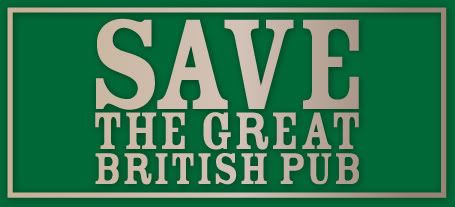

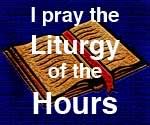
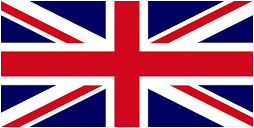
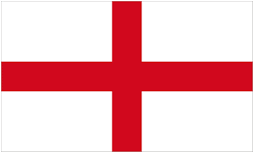
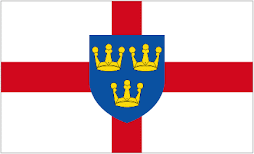


No comments:
Post a Comment
Please feel free to leave a comment - Frugal Dougal.